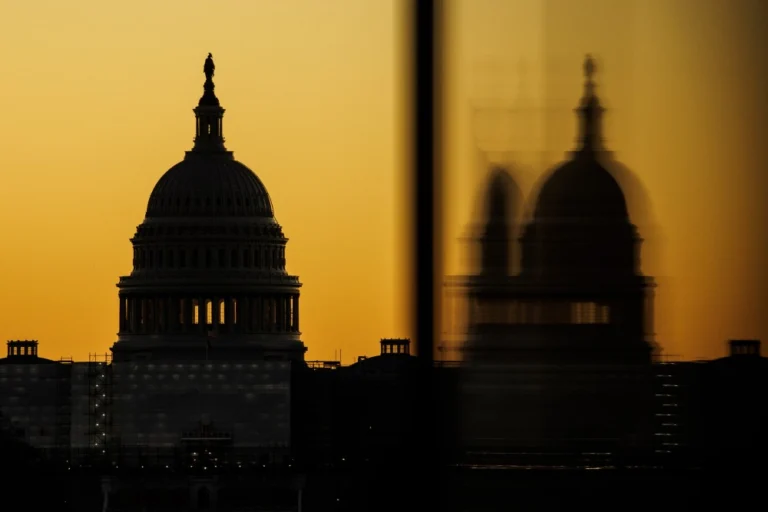Unemployment Claims Rise in D.C. Amid Trump’s Push for Federal Workforce Cuts
Washington, D.C. has seen a notable increase in jobless claims, coinciding with President Donald Trump’s ongoing efforts to reduce the federal workforce. Nearly 4,000 claims were filed by workers in the city, with the surge beginning at the start of the new year. In total, just under 7,000 claims have been filed over the first six weeks of 2025, a 55% increase compared to the previous six-week period. The number of claims surged to 1,780 for the week ending February 8, marking a 36% jump from the prior week and more than a fourfold increase compared to the same time in 2024.
Government Workforce Cuts and Buyout Programs
The rise in unemployment filings in Washington comes as the Trump administration, in conjunction with Elon Musk’s Department of Government Efficiency advisory board, has announced large-scale layoffs and buyout programs across the federal government. The administration has targeted probationary employees and other workers as part of an effort to reduce the size of the federal workforce. In total, 75,000 employees have opted for early retirement through buyouts.
Raj Namboothiry, senior vice president at Manpower North America, expects that the number of claims may rise further. “I expect it to go higher, and we’ll be watching it closely,” Namboothiry stated.
Impact on the Broader Labor Market
While the rise in unemployment claims is significant, it’s unclear exactly how much of the increase is directly related to federal government layoffs. However, the timing of the increase, following orders for layoffs and buyouts, suggests a link to Trump’s workforce reduction efforts. Despite this surge in D.C. claims, the broader U.S. job market remains stable, with the four-week moving average of initial claims holding steady at 216,000.
Washington, D.C. had one of the highest unemployment rates in the country at 5.5% in December 2024, though it remains below Nevada’s rate of 5.7%. By contrast, the metropolitan area including Arlington and Alexandria, Virginia, saw just a 2.7% unemployment rate, and the national rate dropped to 4% in January.
Sector-Specific Challenges and Opportunities
The impact of federal job cuts may be concentrated in specific sectors, with certain displaced workers finding new opportunities more readily than others. Namboothiry believes that while there may be some challenges in the D.C. area, the national labor market remains “fairly stable,” with workers potentially finding new opportunities outside of government employment.
Displaced employees may be in demand in sectors such as accounting and finance, which continue to see robust hiring. However, those with skills in less in-demand areas, like software development, may face a more challenging job search. “It really depends on the sector,” said Allison Shrivastava, an economist at Indeed Hiring Lab. “For those in fields with strong job postings, it might not be long before they find new roles.”
Trump’s Broader Agenda to Shrink Government
Trump’s efforts to shrink the federal government workforce are part of a broader initiative to reduce government spending and increase efficiency. While the cuts are expected to cause temporary hardship for some federal employees, the overall impact on the U.S. job market remains uncertain.


